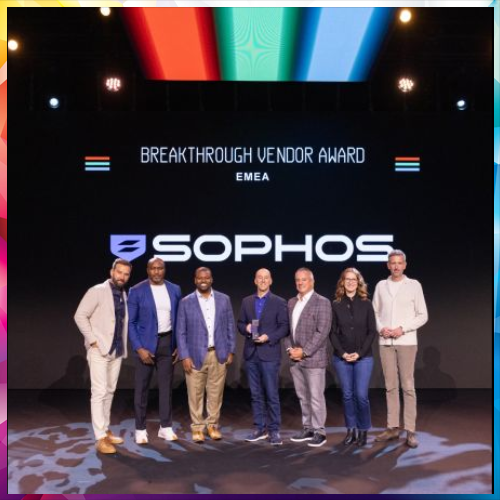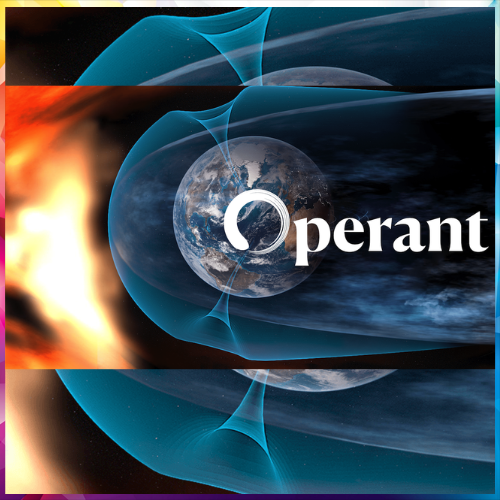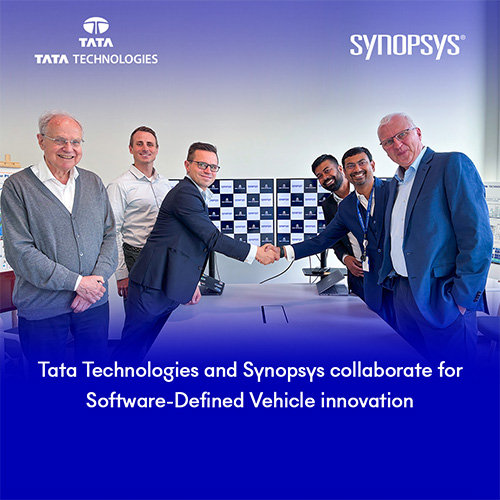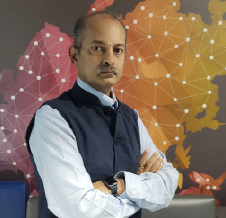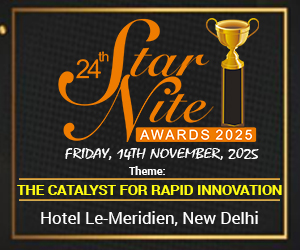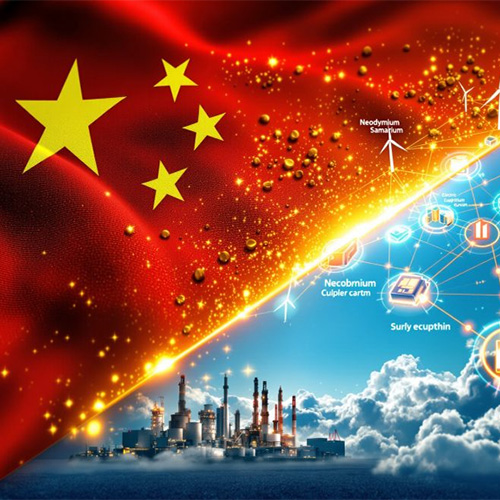
ISRO Chairman Dr. V. Narayanan highlighted hydrogen’s vital role in India’s space missions and clean energy goals, citing its use in the GSLV Mk III rocket as proof of growing technological self-reliance
Hydrogen is set to become a cornerstone of India’s future in clean energy, transportation, and space exploration, according to senior scientists and policy leaders who convened at a national workshop on hydrogen technologies held at Alliance University in partnership with the Indian Institute of Science (IISc).
Dr. V. Narayanan, Chairman of the Indian Space Research Organisation (ISRO), delivered the keynote address, underscoring hydrogen's expanding role across sectors and its transformative potential in achieving energy security and sustainability.
Hydrogen powers India's rocketry and transportation dreams
In his remarks, Dr. Narayanan highlighted how hydrogen has already been integral to several milestones in India’s space program. “The GSLV Mk III rocket, launched earlier this year, was powered by a cryogenic stage using domestically developed liquid hydrogen and oxygen,” he stated, citing this as a testament to India’s technological self-reliance.
He also mentioned ISRO's demonstration of an oxygen-based fuel cell in orbit, with a larger 20-kilowatt version under active testing. “Our work extends beyond rockets,” Dr. Narayanan added, referring to ISRO’s early collaboration with Tata Motors in 2010 to develop a hydrogen-powered bus. More recently, five hydrogen buses began commercial operations in June 2025, pointing to hydrogen’s viability in public transportation.
Public sector undertakings like NTPC and BHEL are also accelerating development of hydrogen-based systems, including gas turbines and storage infrastructure.
Addressing challenges: Safety, infrastructure, and innovation
Despite its potential, hydrogen adoption is not without challenges. Dr. Narayanan cautioned about safety risks, especially due to the invisible nature of hydrogen flames. “Sensor technology needs urgent improvement to ensure rapid detection—ideally in milliseconds,” he warned.
India has made rapid strides in cryogenic engine technology, with ISRO achieving global benchmarks in design and testing times. “While international timelines average over 30 months for engine development, ISRO has completed similar work in just 25 months,” he said, also referencing the successful deployment of the NASA-ISRO NISAR satellite.
Other speakers echoed the urgency to strengthen domestic capabilities. Dr. N. Kalaiselvi, Director General of the Council of Scientific and Industrial Research (CSIR), described hydrogen as a “strategic bridge” between fossil fuels and renewables. She emphasized the need to develop indigenous electrolyser and fuel cell technologies to reduce import dependency.
Towards a national hydrogen ecosystem
Dr. V.K. Saraswat, Member of NITI Aayog, called for a structured hydrogen economy to help meet India’s net-zero targets. He highlighted methanol as a promising hydrogen carrier and advocated for scaling up infrastructure such as high-pressure storage systems and advanced materials research. “Heavy transport and marine sectors can especially benefit from hydrogen-based internal combustion engines, where batteries fall short,” he noted.
The workshop also saw participation from over 150 delegates representing institutions like IITs and IISc. Pradip Kumar Pandey, Secretary of the Combustion Institute – Indian Section, noted the event’s significance in driving collaborations across academia and industry.
Aligned with the goals of the National Green Hydrogen Mission, the workshop provided a vital platform for dialogue on hydrogen’s role across mobility, industrial processes, and power generation—while focusing on critical challenges like cost, safety, and scalability.
See What’s Next in Tech With the Fast Forward Newsletter
Tweets From @varindiamag
Nothing to see here - yet
When they Tweet, their Tweets will show up here.





